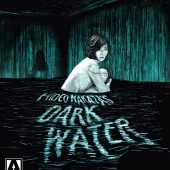
It shocks me that Guillermo Del Toro had the time to work on a trilogy of horror novels, with The Hobbit 1 and 2, Dr. Jekyll and Mr. Hyde, Drood and many other filmed projects on his agenda. While reading this first novel in the series, The Strain, I found out that it was originally a concept for a television series that Fox never moved forward on, which explains a few things. The Strain was co-written by Chuck Hogan, whose Prince of Thieves won the 2005 Hammett Award and was called one of the 10 best novels of that year by Stephen King.
The Strain is a fast-paced tome, marked by short chapters, brilliantly worded descriptions of violence and a cast of characters pulled straight out of CSI and Salem’s Lot.
At the start of the book, a plane lands at JFK International Airport, and nearly all passengers are dead. A team of biohazard experts from the CDC code named the Canary Project, led by Dr. Eph Goodweather, attempt to rationalize the horrific scene of carnage found on the plane. Soon a former professor and survivor of the Holocaust named Abraham Setrakian, reveals the truth behind the blood-drained bodies and dirt-filled coffin found within the plane’s main cabin. Setrakian has spent his life tracking an ancient vampire who preyed on the weak and elderly at his concentration camp. That same vicious beast has landed in New York City for some urban feeding. So begins an epic battle to stop a vampire virus, a “strain”, that has infected New York’s streets.
While The Strain is a must-read for lovers of horror – or more specifically vampire fare – it doesn’t have the artistry, eerie tenderness and originality of Del Toro’s filmed masterpieces, like Cronos, The Devil’s Backbone or Pan’s Labyrinth. The book read more like a Blade 2 story than a Pan’s Labyrinth story for me, but not because of the vampire themes, more because of the commercial, somewhat predictable nature of the story line.
The Strain does contain some really fresh elements, setting it apart from previous examples of the genre. I like the urban setting of the story, making it a mash-up of sorts, between classic gothic horror mythology and modern urban imagery. The Jewish concentration camp diaspora was an interesting approach as well. But one of the biggest departures here were the fangs, or lack thereof. How do these beastly creatures get their feed on? It’s worth a read just to find out.











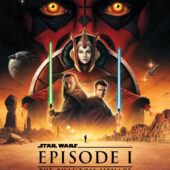





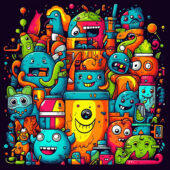








![Uschi Digard Sexy Suggestive Photo [220417-12]](https://www.filmfetish.com/img/p/2022/10/220417-0012-uschi-digard-13x19-web-170x170.jpg)
![Iconic Music Venue The Stone Pony (1980’s) Asbury Park, New Jersey Photo [210907-15]](https://www.filmfetish.com/img/p/2024/04/210907-15-11x85-web-170x170.jpg)
![Red Hot Rod Super Sport Automobilia Photo [221110-13]](https://www.filmfetish.com/img/p/2022/11/221110-13-automotive-11x85-web-170x170.jpg)
![Times Square New York City, Forbidden Planet Playing at Globe Theatre, Horn & Hardart Automat Photo [210523-0001]](https://www.filmfetish.com/img/p/2021/08/210523-0001-19x13-web-170x170.jpg)










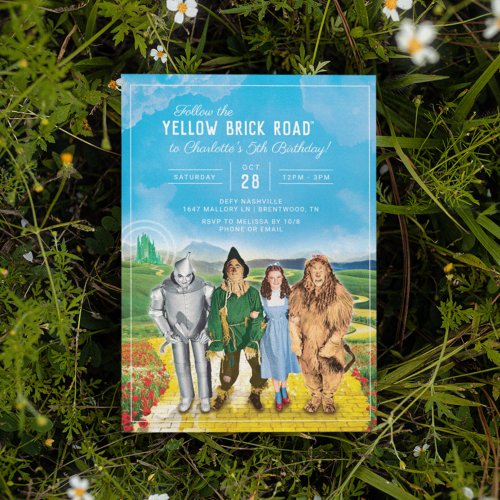
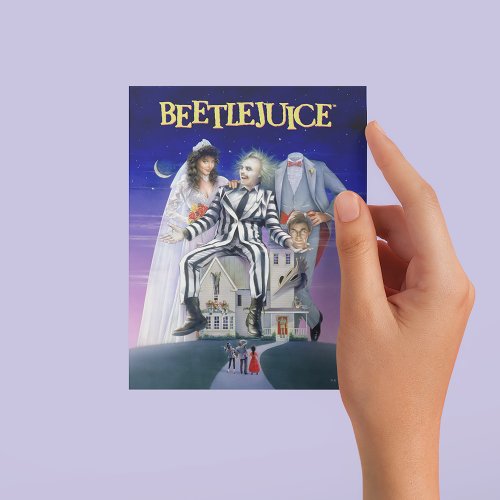


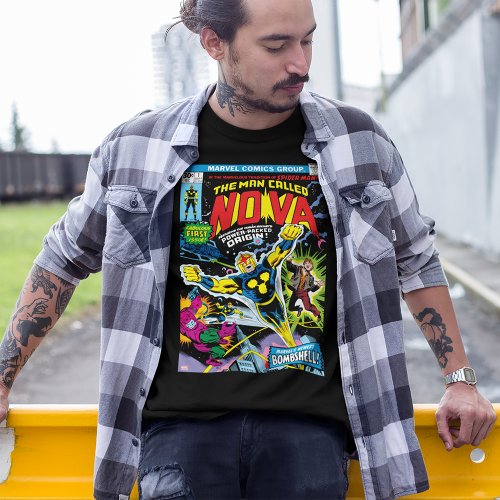
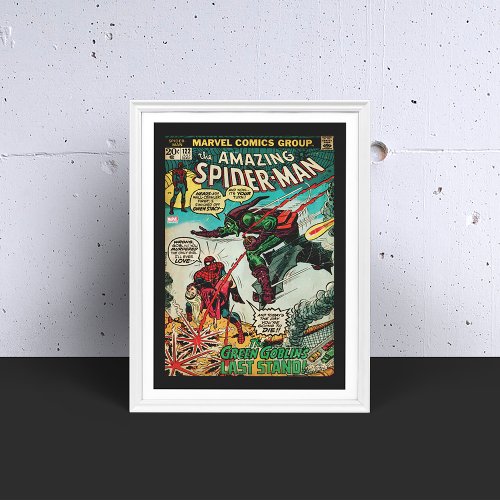
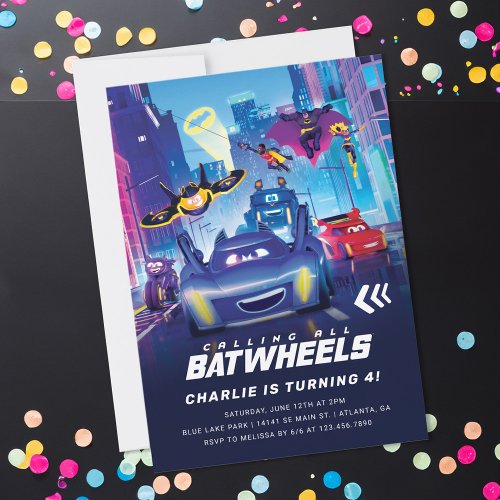






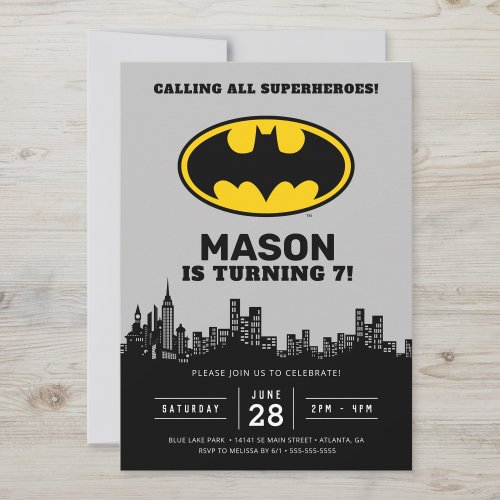
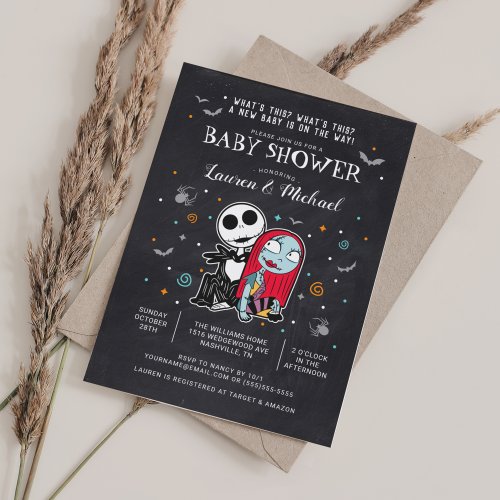
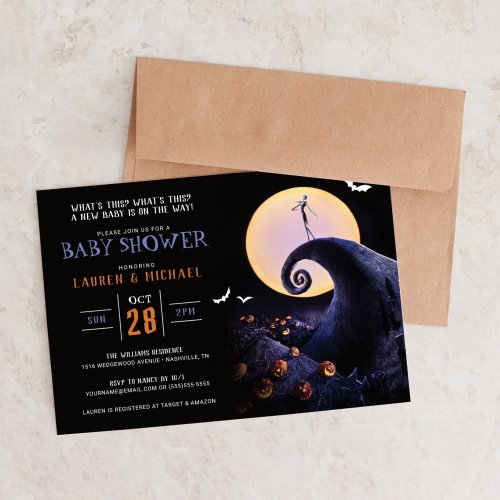

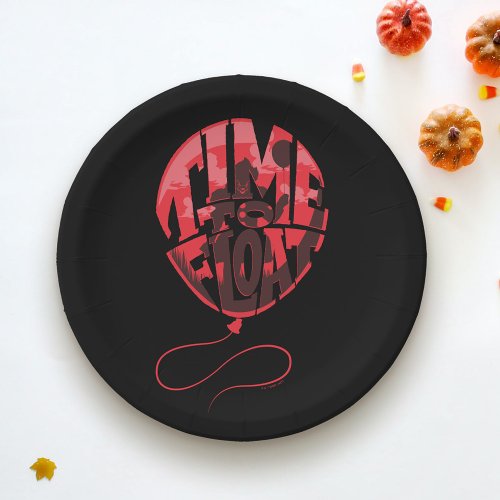
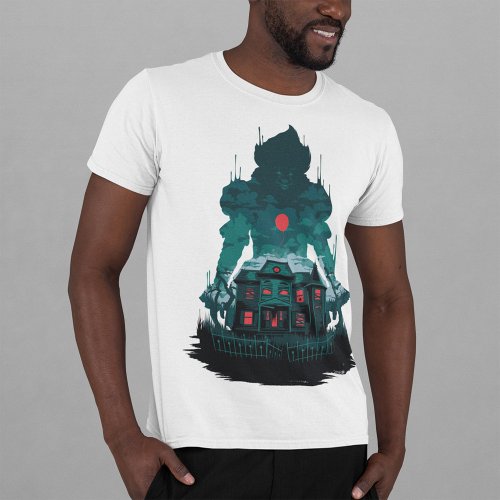

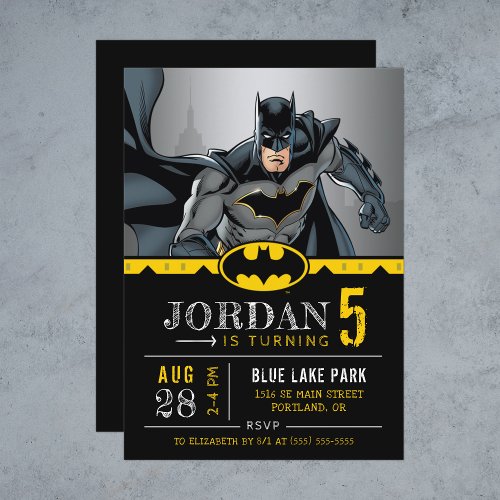

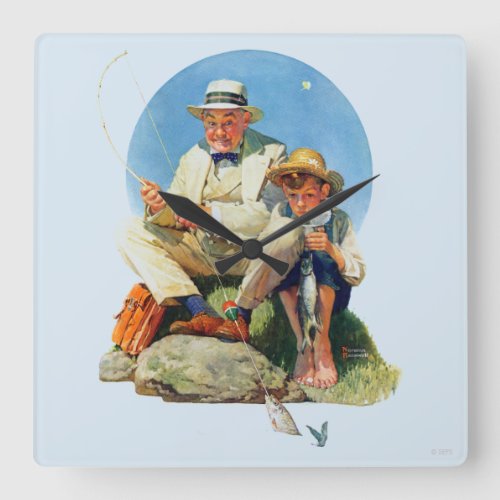
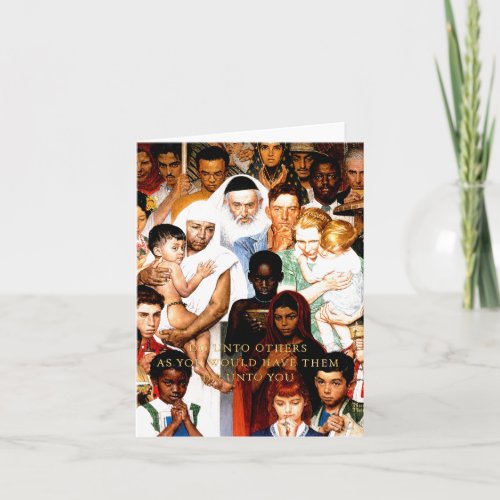

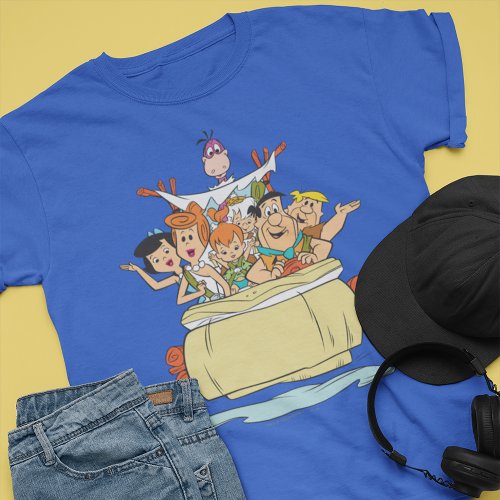


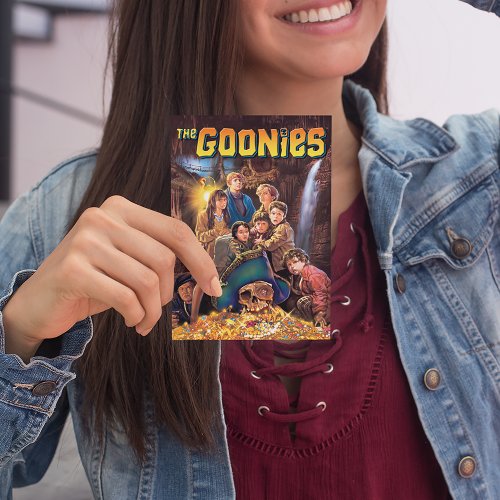



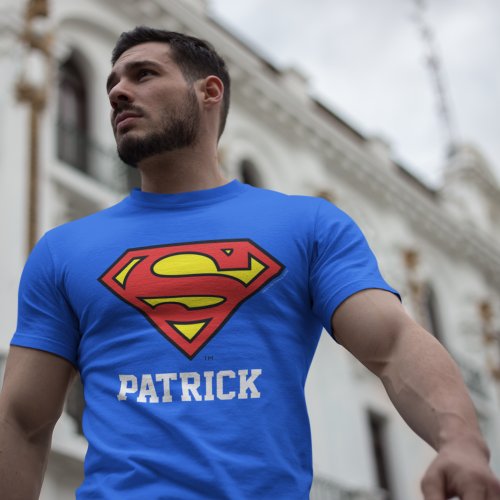




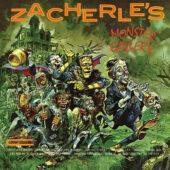


![An American Werewolf in London Restored Blu-ray Edition [B66]](https://www.filmfetish.com/img/p/2020/09/american-werewolf-london-b66-01-170x170.jpg)
